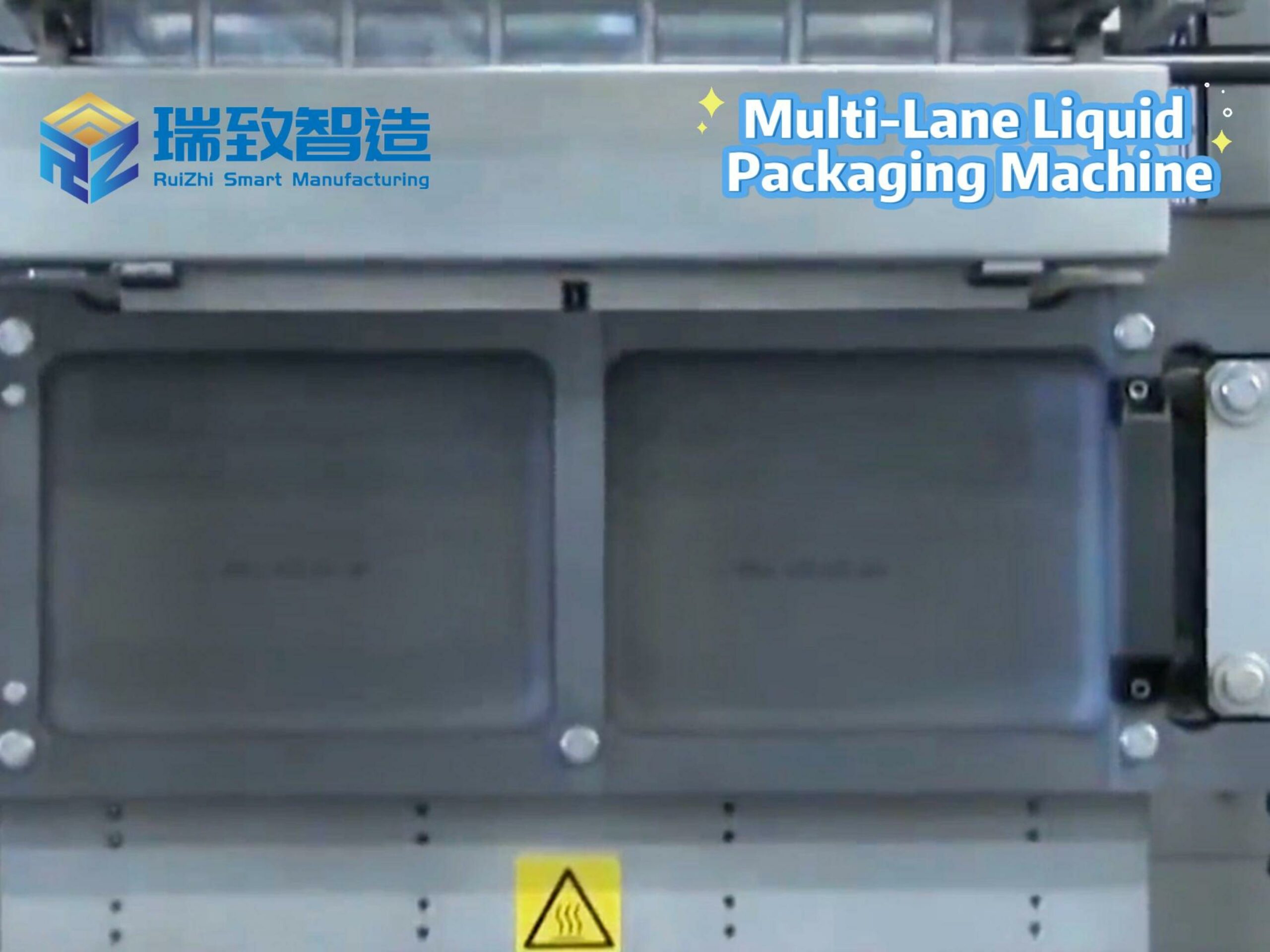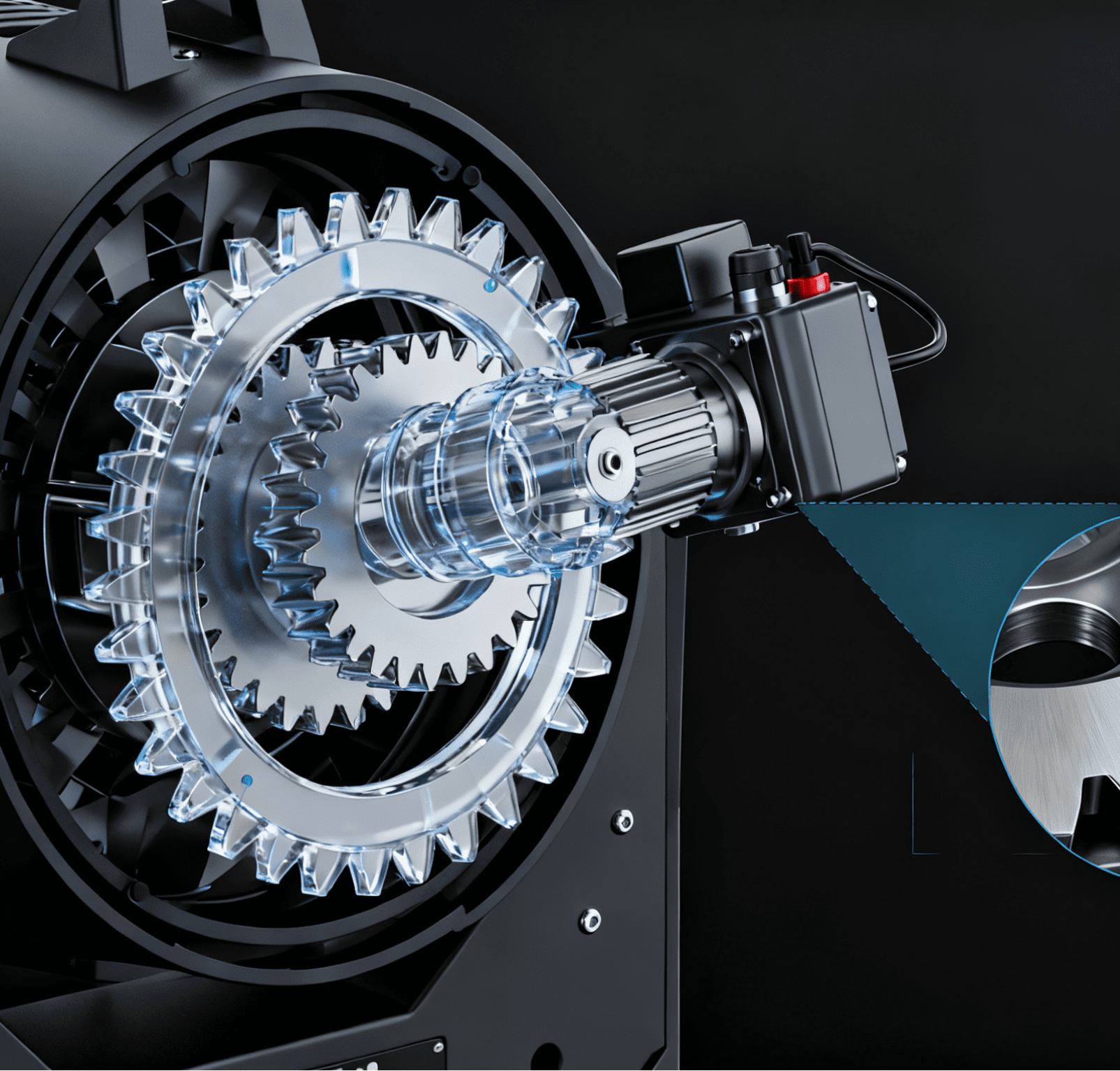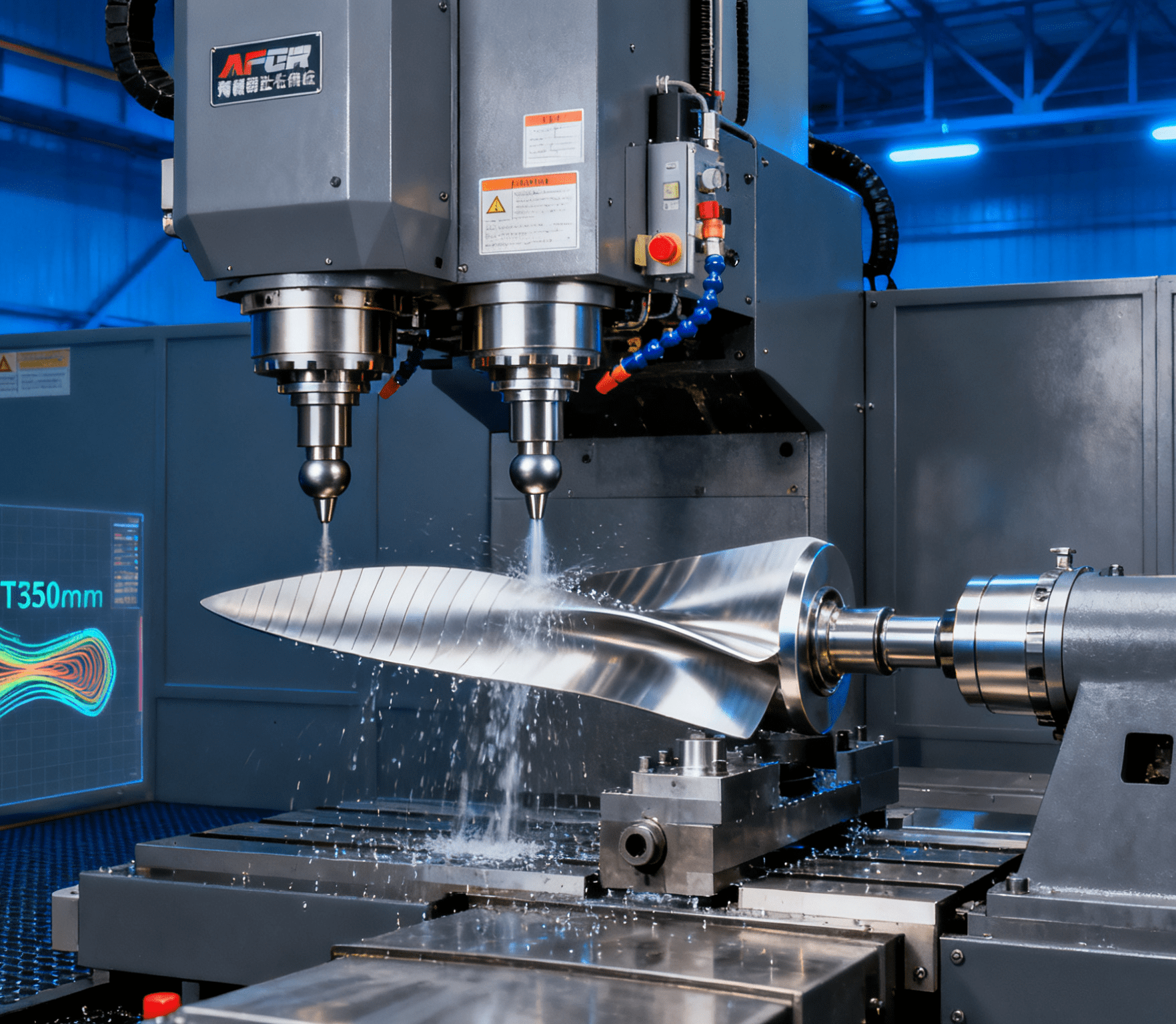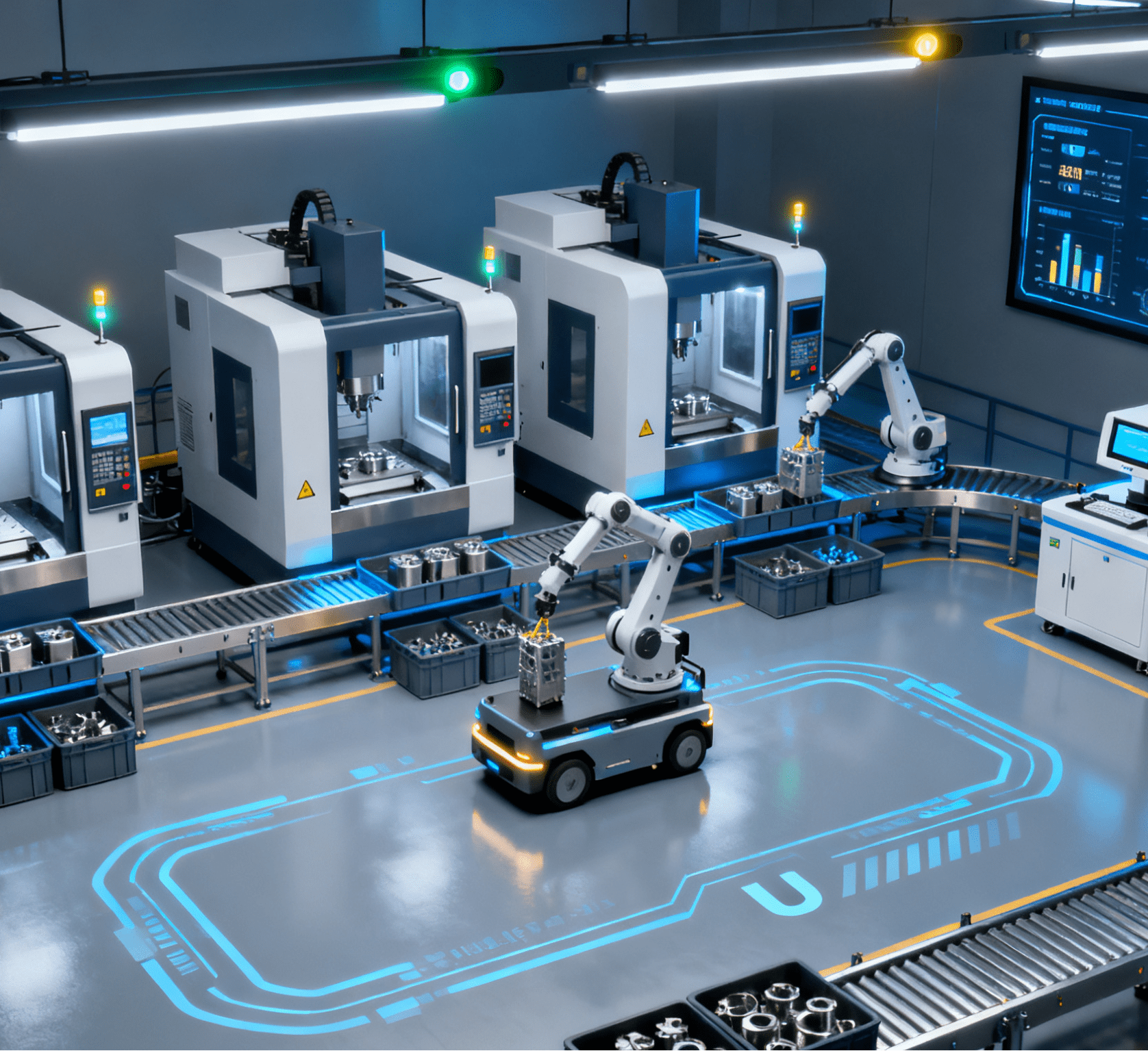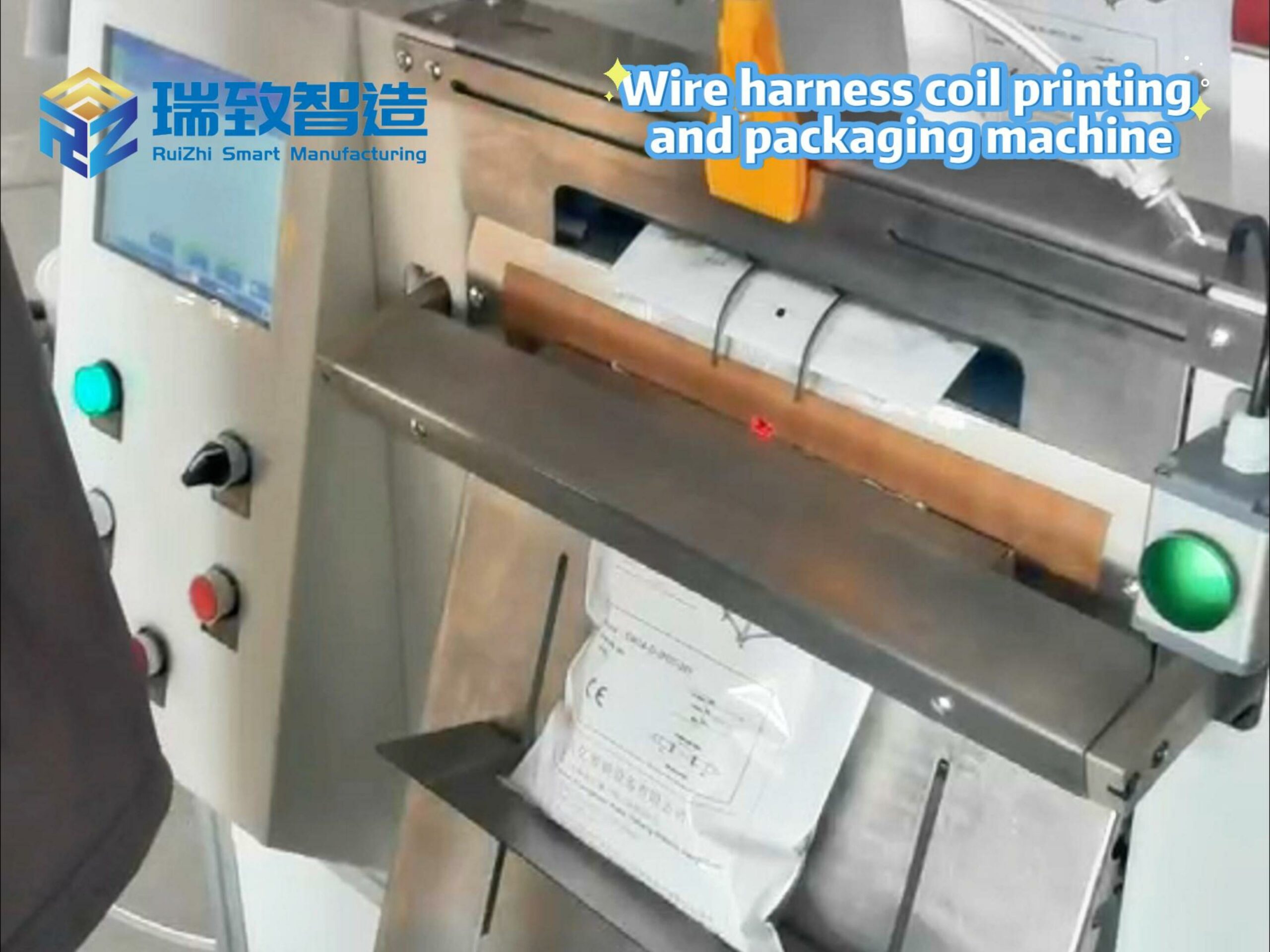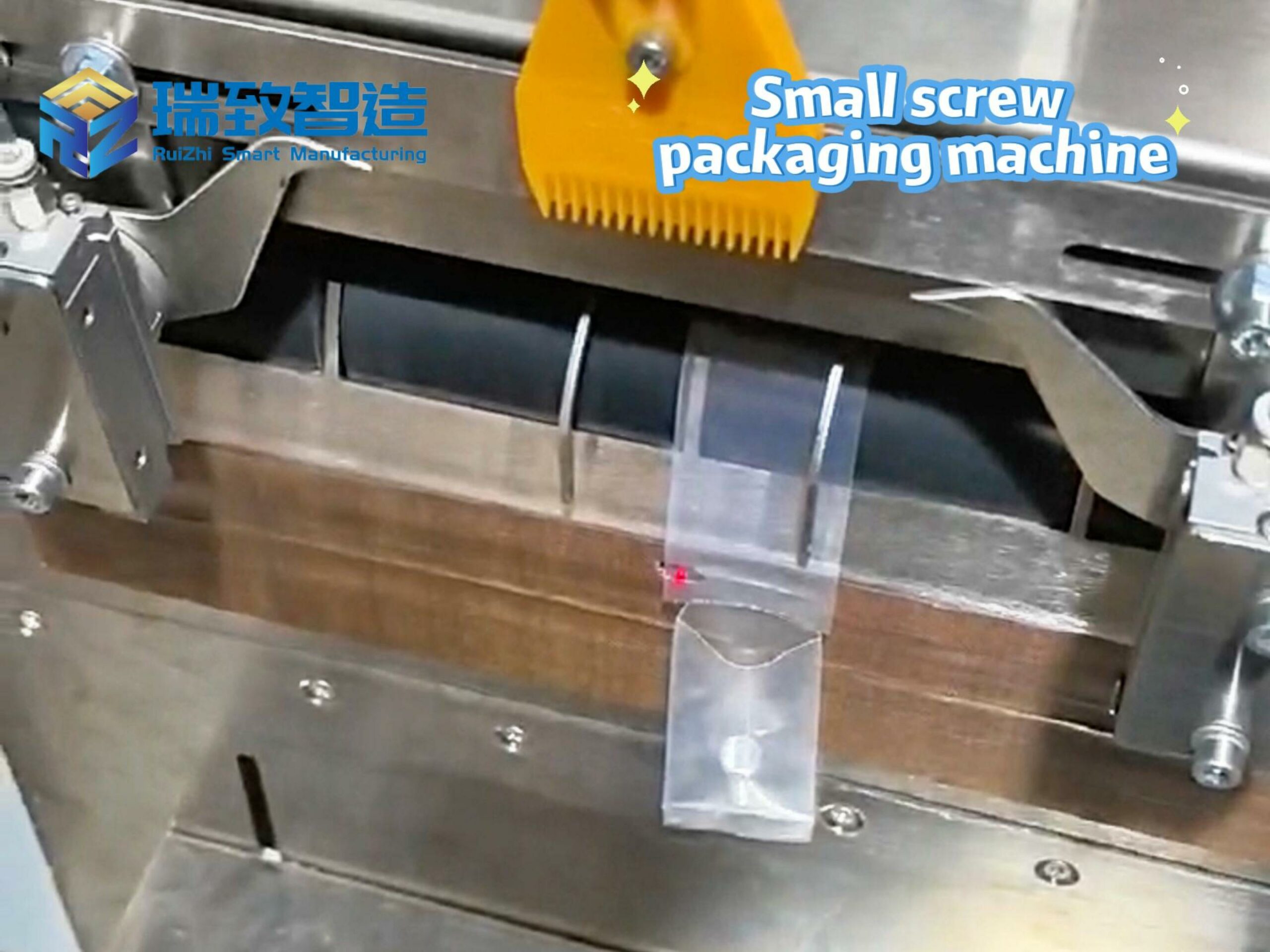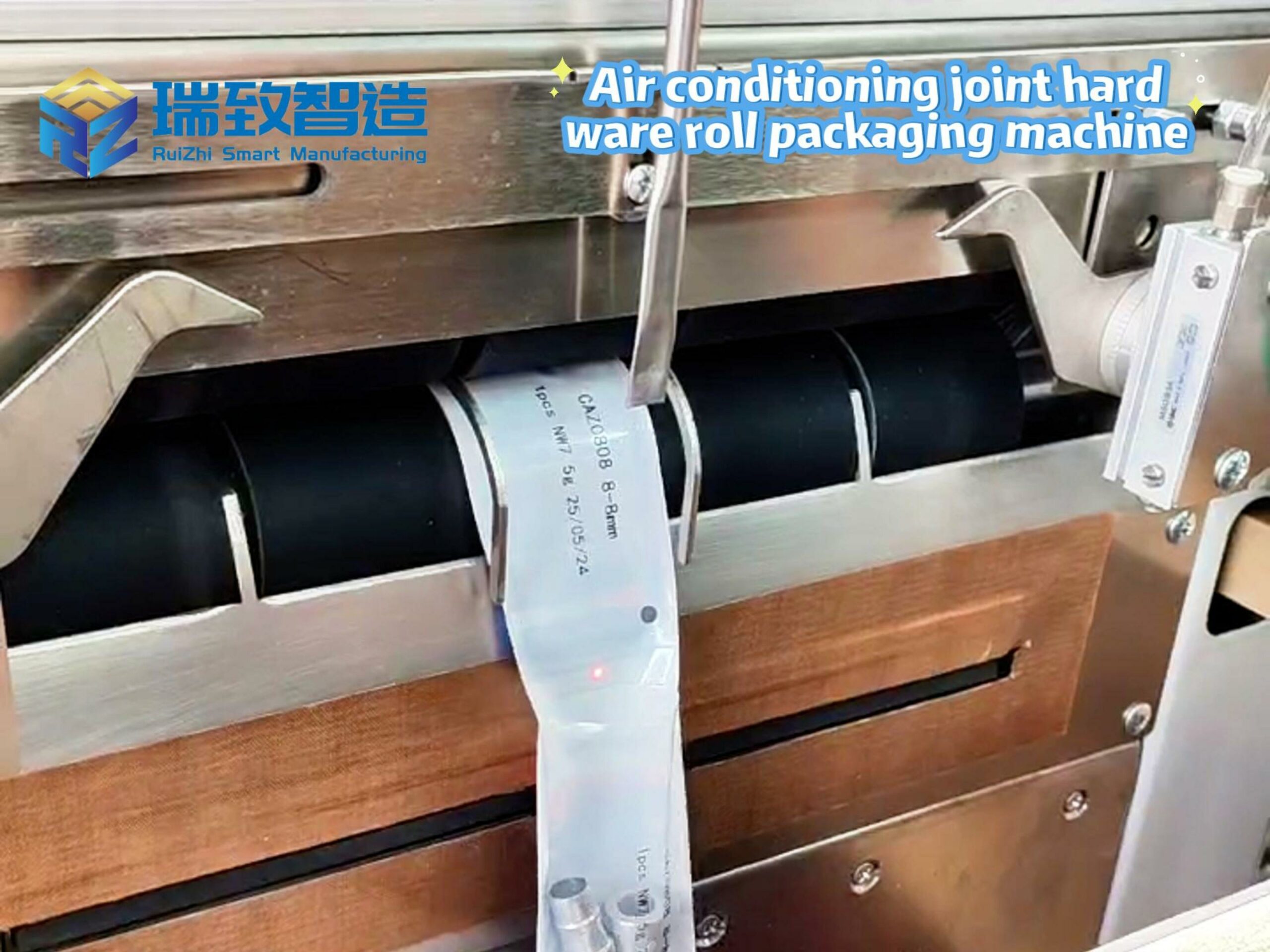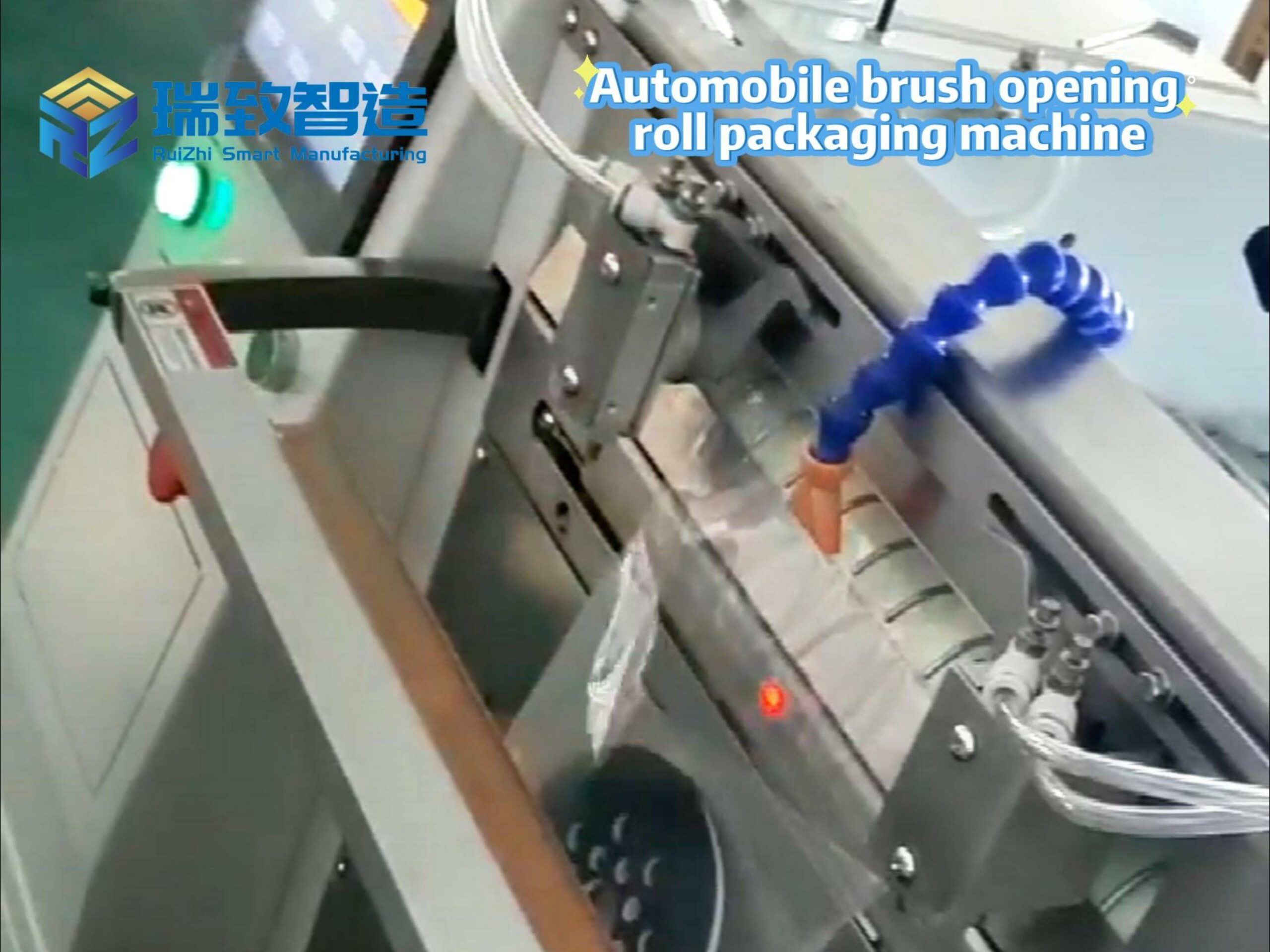Table of Contents
ToggleWarehouse Logistics Automation Solutions: Reconstructing the Speed Code of E-commerce Fulfillment

Against the backdrop of explosive e-commerce growth and deep integration with intelligent manufacturing, warehouse logistics automation has transformed from a “cost center” to an “efficiency engine,” becoming the core solution for enterprises to crack the challenges of “warehouse congestion, labor shortages, and fulfillment delays.” From AGV cluster scheduling to intelligent sorting systems, from automated storage and retrieval systems (AS/RS) to last-mile delivery, automation technologies are redefining the “speed ceiling” of logistics fulfillment through three breakthroughs: “flexible scheduling + intelligent algorithms + digital twin,” driving the industry’s leap from “labor-driven” to “intelligent operation.”
I. Technical System of Warehouse Logistics Automation: Collaborative Evolution of Hardware Intelligence + Software Wisdom
The core of warehouse logistics automation is to build a closed-loop system of “perception-decision-execution”, breaking through the “efficiency bottleneck” of traditional logistics:
1. Hardware Layer: Scenario-based Breakthroughs of Intelligent Equipment
- AGV/AMR Clusters:
- Navigation technologies: Laser SLAM (precision ±10mm), visual navigation (adaptive to dynamic environments), UWB (ultra-wideband positioning, precision ±5cm) to meet diverse scenario needs.
- Load capacity: Ranging from 30kg (e-commerce sorting) to 5,000kg (automotive parts handling), adapting to multiple scenarios.
- Charging innovation: Intelligent charging piles + AGV autonomous charging (automatically seeking piles when battery <20%), enabling 7×24 continuous operation.
- Intelligent Sorting Systems:
- Cross-belt sorters: Processing capacity of 20,000 pieces/hour, sorting accuracy 99.99%, supporting package sizes from 10×10×1cm to 100×80×50cm.
- Pop-up sorters: Response time <50ms, suitable for high-precision sorting of 3C products (e.g., mobile phone package sorting error <1cm).
- Intelligent AS/RS (Automated Storage and Retrieval Systems):
- Combination of stacker cranes + shuttle cars achieves 50-meter height storage (traditional warehouses only 10 meters), with space utilization increased by 300% and in/out efficiency reaching 500 pallets/hour.
2. Software Layer: Algorithm-Driven Intelligent Scheduling
- WMS (Warehouse Management System):
- Order wave optimization: Predicts order peaks based on machine learning (e.g., automatically increasing sorting capacity by 30% 7 days before “Double 11”), reducing wave switching time by 20%.
- Intelligent location allocation: Dynamically adjusts storage locations based on order frequency + item correlation (e.g., mobile phones and chargers often purchased together), shortening picking paths by 40%.
- WCS (Warehouse Control System):
- AGV cluster scheduling: Uses ant colony algorithm + reinforcement learning to optimize paths in real time (avoiding congestion), improving cluster efficiency by 35%.
- Equipment collaborative control: Synchronizes scheduling of AGVs, sorters, and stacker cranes to achieve seamless integration of the full process: “inbound-storage-picking-sorting.”
- Digital Twin System:
- 1:1 virtual warehouse preview simulates equipment load under order peaks (e.g., 100,000 orders/hour), identifying bottlenecks in advance (e.g., congestion at a sorting outlet) and optimizing scheduling strategies.
3. Intelligent Detection and Traceability
- Package Anomaly Recognition:
- Multispectral cameras + AI algorithms identify package damage (cracks >5mm) and blurred labels (character clarity <80%), with detection efficiency of 1,500 pieces/hour and missed detection rate <0.1%.
- RFID Traceability System:
- Each package is bound to an RFID tag, recording 10+ parameters such as inbound time, sorting path, and operator, supporting full-process traceability (e.g., locating problem links within 30 seconds for complaints).
II. Scenario Penetration: End-to-End Automation from Inbound to Delivery
The value of warehouse logistics automation delivers differentiated breakthroughs in different links:
1. Inbound Link: From “Disorderly Stacking” to “Intelligent Positioning”
- Automated Unloading:
- Automated unloaders + conveyor lines enable unmanned unloading of container goods (efficiency 500 pieces/hour, manual only 100 pieces/hour), reducing labor by 80%.
- Intelligent Inbound Sorting:
- Visual recognition + diverters automatically sort by category, weight, and storage area, increasing inbound efficiency by 50% and reducing error rate from 2% to 0.05%.
- Case Data: After introducing an automated inbound system, a cross-border e-commerce warehouse saw inbound efficiency during peak hours increase from 2,000 to 5,000 pieces/hour, with labor reduced from 15 to 3 workers.
2. Storage and Picking: Double Leap in Efficiency and Accuracy
- Intelligent AS/RS:
- A car parts warehouse using a 50-meter-high AS/RS increased storage capacity from 5,000 to 20,000 pallets, with space utilization up 300% and in/out efficiency reaching 800 pallets/hour.
- AGV Picking System:
- “Goods-to-person” picking mode: AGVs transport shelves to pickers, reducing walking distance by 80%, with picking efficiency increasing from 200 to 600 pieces/person·hour.
- “Dark Warehouse” Case: com‘s Asia No.1 Warehouse achieved end-to-end unmanned operation, with picking accuracy of 99.99%, daily order processing capacity of 1 million, and unit energy consumption down 35%.
3. Sorting and Delivery: Key to Solving “Warehouse Congestion”
- High-Speed Sorting System:
- Cross-belt sorters have a processing capacity of 20,000 pieces/hour, supporting massive orders during peaks like “Double 11” (e.g., a hub sorting center processed 20 million pieces in a single day during Tmall Double 11 2023).
- Last-Mile Delivery Innovation:
- Delivery AGVs: Operate along planned paths in parks (speed 1.5m/s), supporting QR code pickup, reducing last-100-meter delivery costs by 50%.
- Data Comparison: After automation, a courier enterprise saw sorting efficiency increase by 300%, error rate drop from 0.5% to 0.01%, and peak-season complaints decrease by 90%.
III. Case Study: Automation Breakthrough of an E-commerce “Asia No.1” Warehouse
Facing order pressure of 500,000 orders/day (peak 1 million orders), the traditional warehouse 陷入 “congestion, misdelivery, delay” dilemmas:
Pre-Transformation Pain Points
- Manual picking: Efficiency 200 pieces/person·hour, requiring 2,000 pickers during peaks, with high labor costs and difficult management.
- Sorting errors: 500 misdeliveries/day, customer complaint compensation costs of ¥100,000/day.
- Inventory chaos: Manual inventory taking took 3 days with only 95% accuracy, affecting sales preparation.
Automation Solution
- Hardware Deployment:
- 200 AGVs (laser SLAM navigation, precision ±10mm) form a picking cluster to achieve “goods-to-person” picking.
- 10 cross-belt sorters (processing capacity 20,000 pieces/hour), automatically sorting by delivery area.
- 50-meter-high AS/RS (storing 200,000 items), with stacker crane in/out efficiency 500 pallets/hour.
- Software System:
- In-house developed WMS+WCS, integrating order prediction algorithms (predicting bestsellers 72 hours in advance) to dynamically adjust storage locations.
- Digital twin system monitors equipment status in real time, automatically scheduling AGV paths (avoiding congestion).
- Intelligent Detection:
- Multispectral cameras detect package damage and blurred labels, automatically rejecting defective items.
- RFID traceability system records full-process data for each package, supporting real-time query.
Post-Transformation Achievements
| Dimensi | Before Transformation | After Transformation | Improvement |
| Picking Efficiency | 200 pieces/person·hour | 600 pieces/person·hour | ↑200% |
| Sorting Accuracy | 99.5% | 99.99% | ↑0.04% |
| Biaya Tenaga Kerja | 2,000 workers | 500 workers | ↓75% |
| Inventory Accuracy | 95% | 99.9% | ↑4.9% |
| Order Processing | 500,000 orders/day | 1.2 million orders/day | ↑140% |
IV. Three Key Steps for Implementing Warehouse Logistics Automation
From solution design to stable operation, three challenges must be overcome: “efficiency, cost, reliability”:
1. Requirement Diagnosis: Data-Driven Pain Point Positioning
- Order Data Analysis:
- Analyzes historical orders (e.g., recent 1-year data) to identify peak periods, best-selling items, and order structure (e.g., 60% single-item orders, 40% multi-item orders), providing a basis for equipment selection.
- Bottleneck Identification:
- Draws warehouse value stream maps, marking waiting time, handling distance, and sorting error points (e.g., picking walking distance accounts for 60% of operation time in a warehouse, becoming the primary optimization target).
- Capacity Planning:
- Designs equipment redundancy at “1.5× normal capacity” (e.g., normal orders 500,000/day, equipment supports 750,000/day) to cope with promotion peaks.
2. Solution Design: Digital Twin and Cost Simulation
- Virtual Warehouse Construction:
- 1:1 modeling in FlexSim simulates the impact of different equipment layouts (e.g., AGV quantity from 100 to 200) on efficiency to find the optimal configuration (e.g., 150 AGVs offer the best cost-performance ratio).
- Cost-Benefit Analysis:
- Compares ROI of “full automation” vs. “semi-automation” solutions (e.g., full automation invests ¥50 million, pays back in 3 years; semi-automation invests ¥30 million, pays back in 2 years), selecting based on enterprise budgets.
- Risk Preview:
- Simulates extreme scenarios (e.g., 50% AGV cluster failure, 200% sudden order increase) to verify system robustness (e.g., standby AGVs automatically fill in, order delay rate <5%).
3. Debugging and Optimization: From “System Operation” to “Efficiency Compliance”
- AGV Cluster Debugging:
- Optimizes path algorithms to reduce AGV collision probability (from 10 times/day to 1 time/week), improving cluster efficiency by 15%.
- Tests navigation accuracy under different loads (e.g., positioning error increases from ±10mm to ±15mm when fully loaded, requiring control parameter adjustment).
- Sorting System Calibration:
- Calibrates sorters with standard packages (different sizes/weights) to ensure sorting accuracy of 99.99%.
- Tests continuous operation stability during peaks (e.g., 24-hour full-load operation, equipment failure rate <0.1%).
- Human-Machine Collaboration Running-In:
- Trains employees to master WMS operations and exception handling (e.g., manual takeover procedures during AGV failures), improving system reliability.
V. Future Trends: AI and Low-Carbon Reshaping Warehouse Logistics
The next frontier for warehouse logistics automation is the deep integration of “intelligence + green”:
- AI Predictive Scheduling: Analyzes historical orders, weather, promotions, etc., through Transformer models to predict inventory demand 7 days in advance (error <5%), automatically adjusting warehouse strategies.
- Green Warehouse Technologies:
- Photovoltaic roofs + energy storage systems achieve 100% green power supply for warehouses.
- Hydrogen fuel AGVs (8-hour battery life, 5-minute hydrogen refueling) replace traditional lithium batteries, reducing carbon emissions by 90%.
- Metaverse Warehouse Management: Uses VR glasses + haptic gloves to remotely control warehouse equipment (e.g., dragging AGVs to adjust paths in virtual environments), improving fault diagnosis efficiency by 50%.
- Drone + AGV Collaboration: Drones handle high-position inventory counting (20× faster than manual), while AGVs handle ground handling, forming an air-ground integrated logistics network.
The essence of warehouse logistics automation is “reconstructing time and space efficiency with technology”—it not only solves labor shortage issues but also transforms warehouses from “passive storage” to “active scheduling” through intelligent algorithms and flexible equipment. As more enterprises break through the technical barriers of “logistics automation,” e-commerce fulfillment will upgrade from “next-day delivery” to “hourly delivery,” becoming the core competitiveness for enterprises to win consumers.

